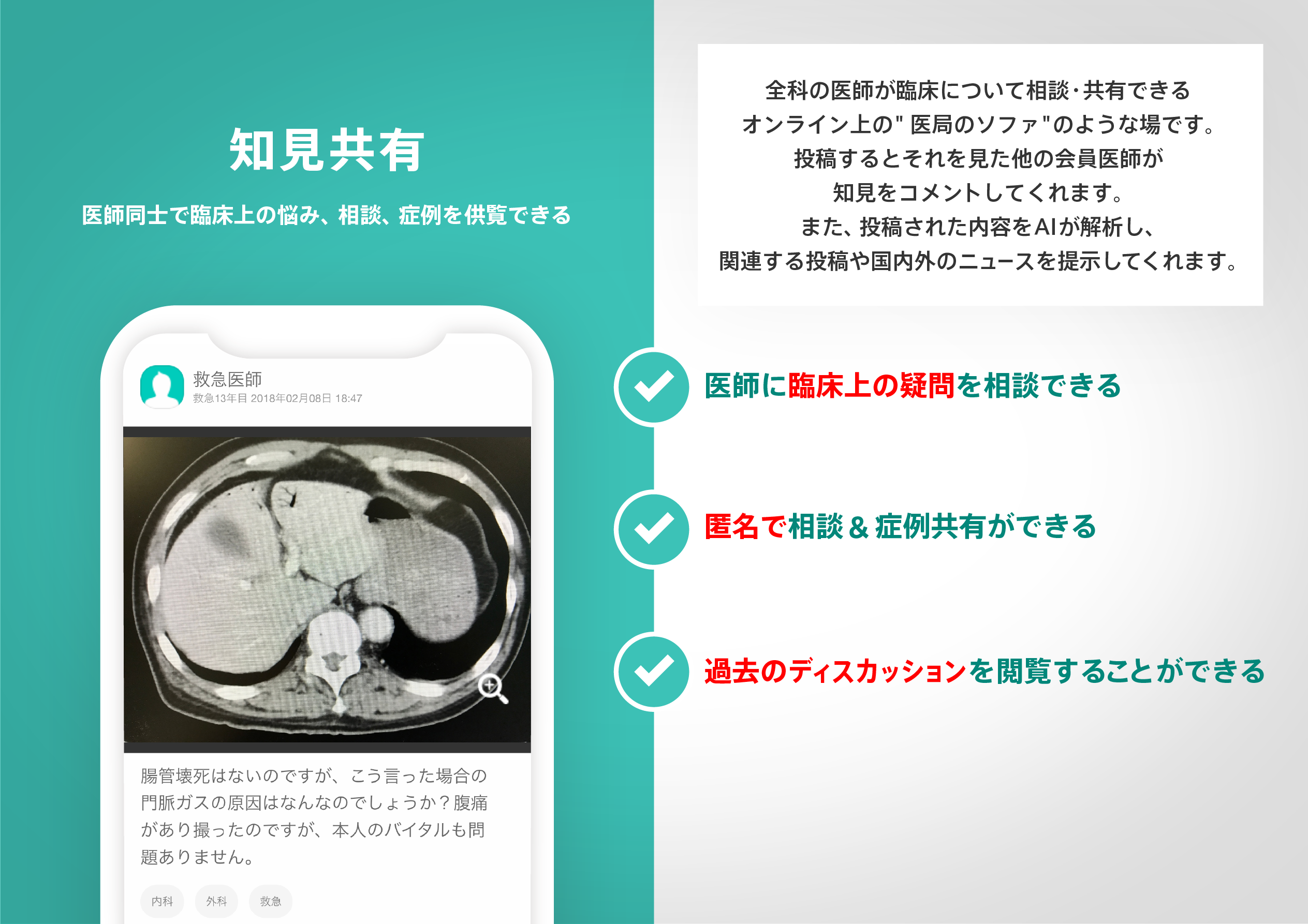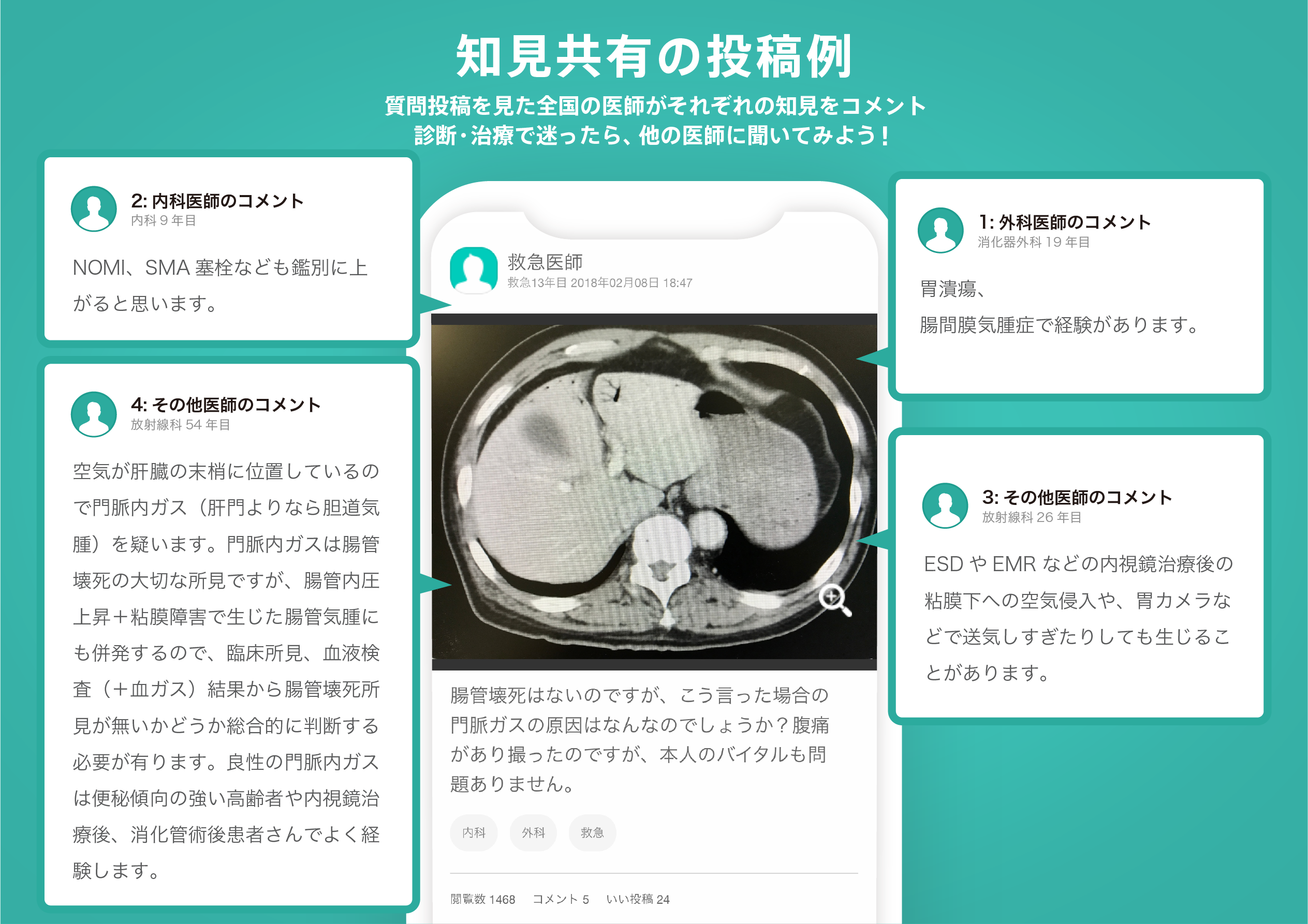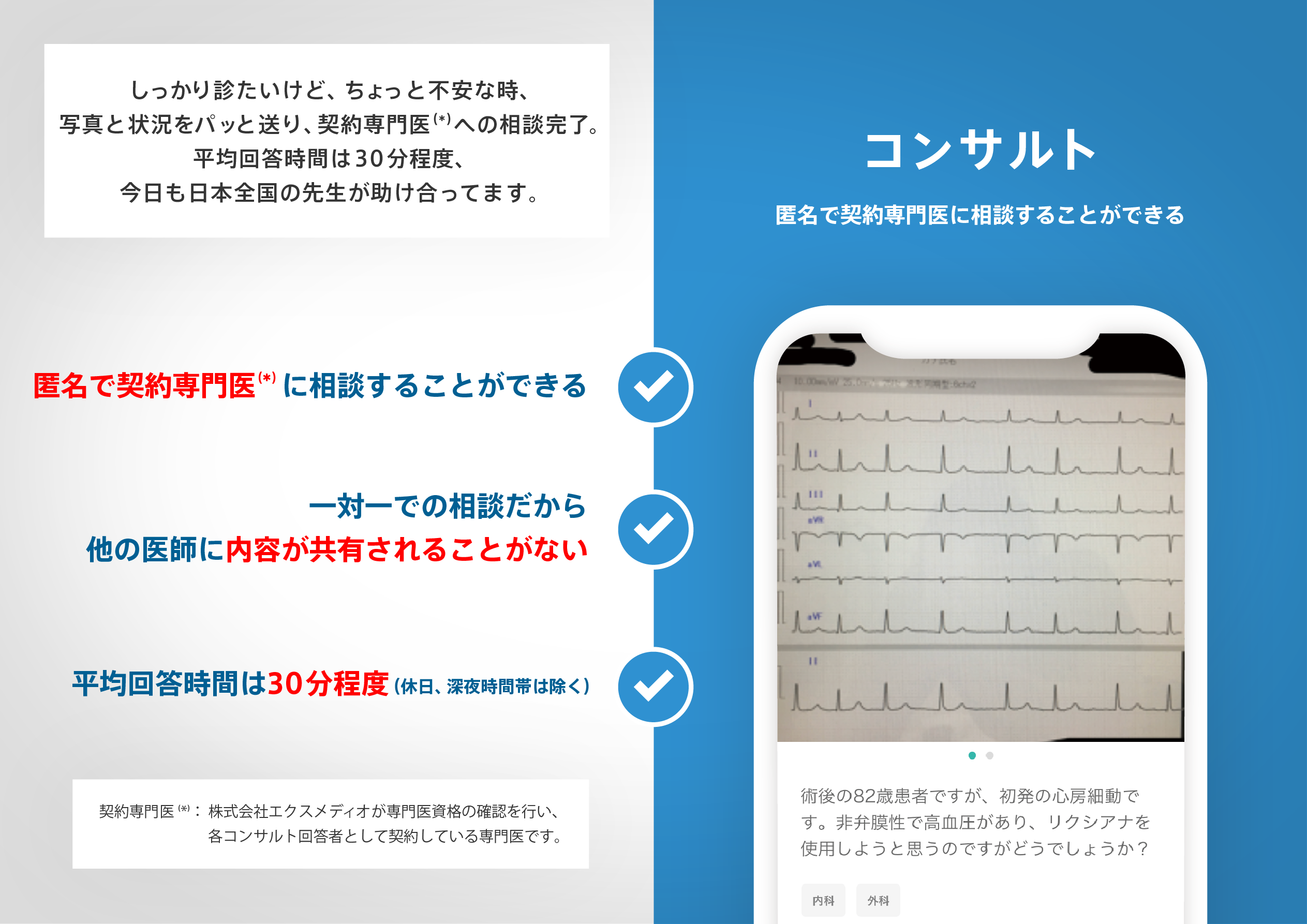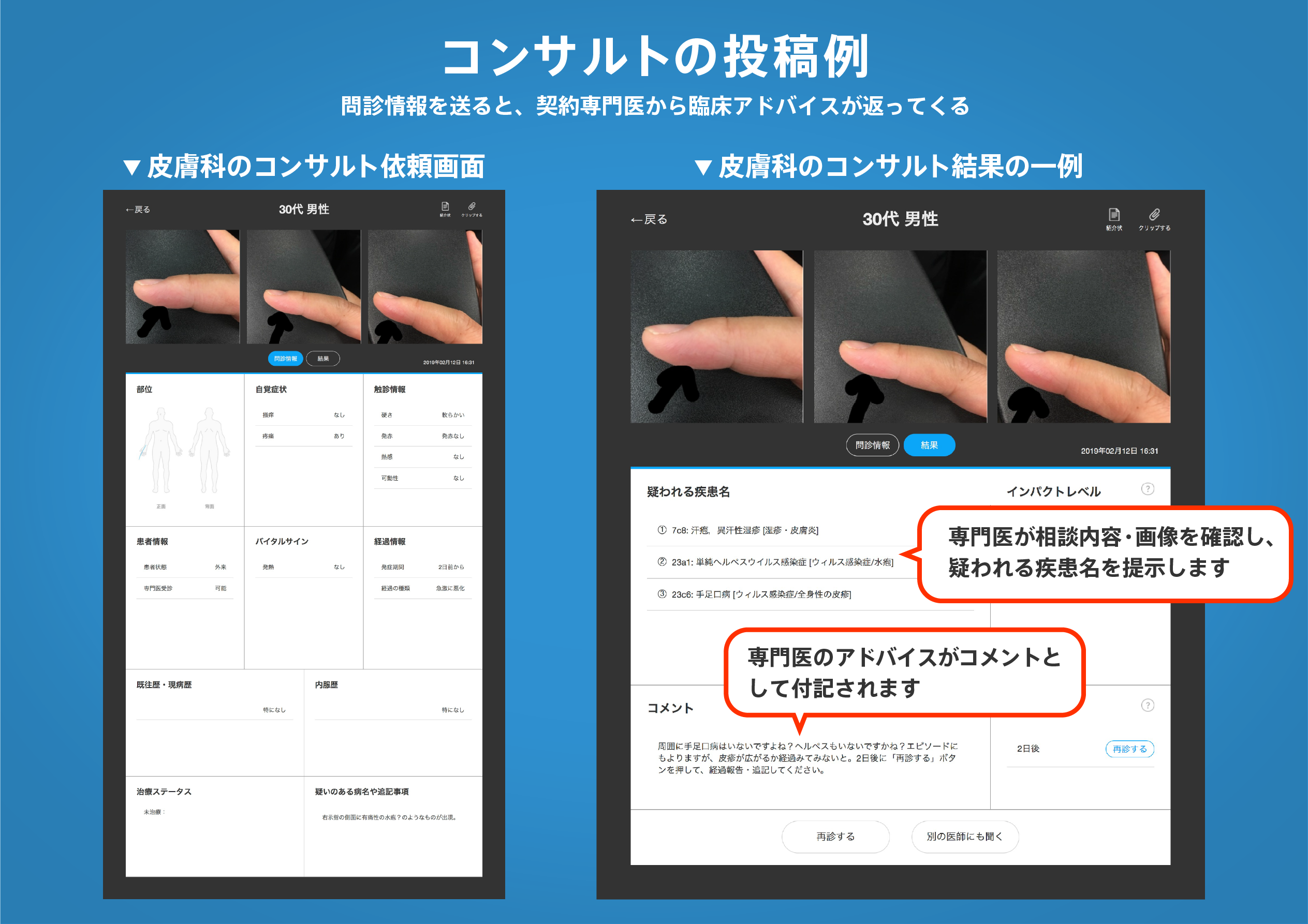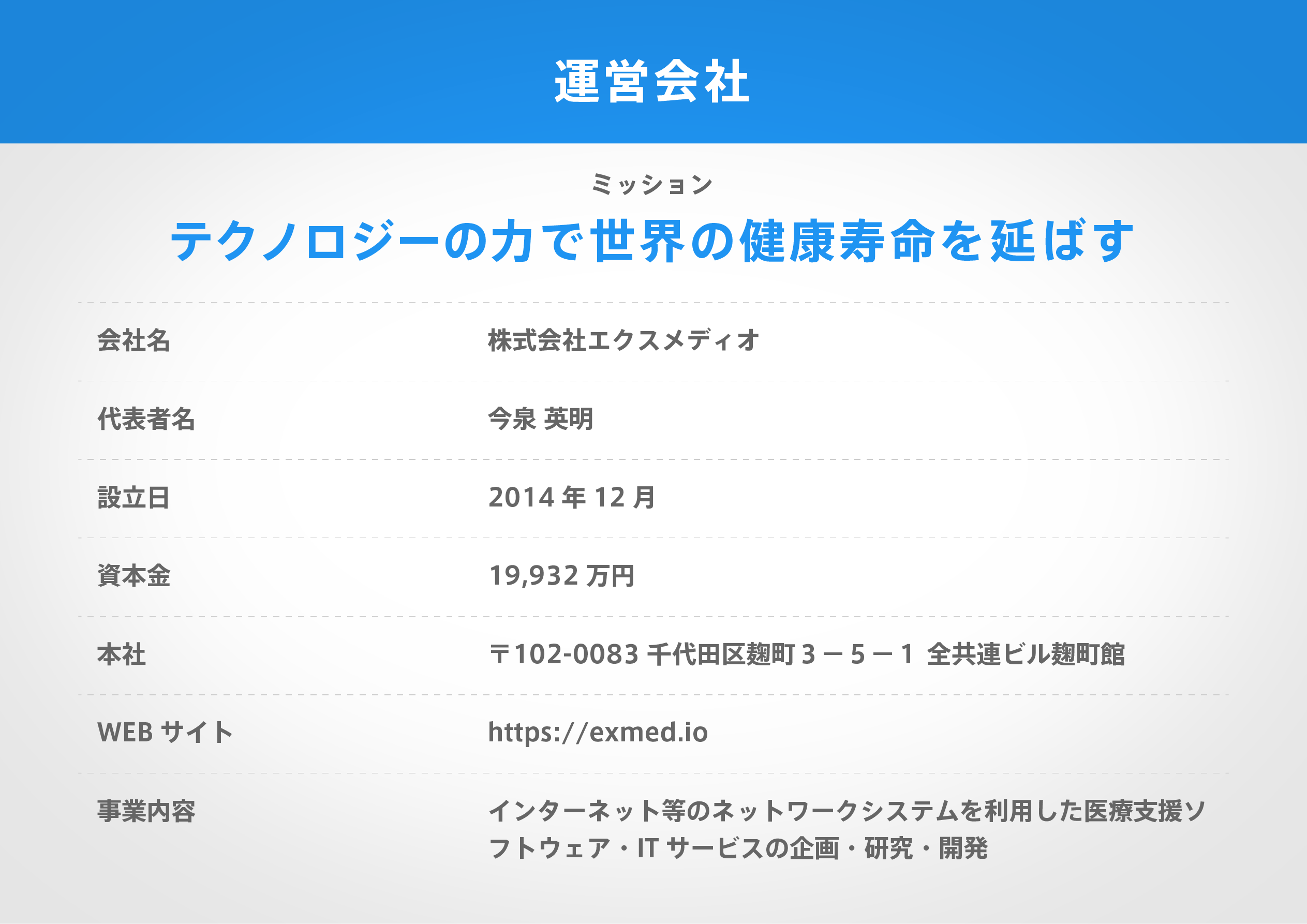著名医師による解説が無料で読めます
すると翻訳の精度が向上します
背景:VeggieMeter®を使用した皮膚カロテノイドの測定は、世界中で最も健康的な食事パターンの1つを表す地中海式食事(MD)によって強く推奨される果物と野菜の摂取を評価するための迅速な客観的な方法として浮上しています。この研究の目的は、皮膚カロテノイド含有量の違いと、南イタリアとドミニカ共和国の2つの成人集団間のMDパターンの順守の程度を調べることを目的としています。 方法:この横断的研究では、合計995人の大人、イタリアの601人の被験者、ドミニカ共和国の394人が登録されました。すべての参加者は、VeggieMeter®により人体測定測定と皮膚カロテノイド評価を受けました。MDとライフスタイルの順守は、地中海ダイエットアドヒアランススクリーナー(MEDAS)および地中海ライフスタイルインデックス(MEDLIFE)アンケートを使用して評価されました。ピアソンの相関係数を使用して、皮膚カロテノイドとMEDASスコアの間の相関は推定されました。複数の線形回帰モデルが作成され、両方の集団の皮膚カロテノイドスコアに影響を与える変数を決定しました。 結果:性別に関係なく(342.4±92.4対282.9±90.3; p <0.005)、ドミニカ共和国の人口と比較して、イタリア語で平均皮膚カロテノイドが高かった(女性:318.5±88.9対2777.3±91.9、P <0.005および男性:371.7±88.3対289.5±88.1、p <0.005)、およびドミニカ共和国のサンプルの年齢調整後の統計的に有意な残り。MEDASのアンケートを使用して、年齢を調整した後のドミニカ共和国人口(7.8±2.1対6.2±3.7; P <0.005)よりもイタリア人のMDアドヒアランススコアが高いことを発見しました。- 調整されたドミニカ共和国の女性:7.9±2.1 vs 6.3±2.6。MedLifeテストを使用して、イタリア人の総人は、年齢調整されたドミニカ共和国人口に関して低いスコアを示しました(3.2±1.2対3.4±1.4; P <0.05)。重回帰分析では、皮膚カロテノイドは性と関連し、イタリアの集団のBMIと負の関連がありました(性:β:54.95; 95%CI:40.11、69.78; P <0.0001; BMI:β:-1.60; 95%CI:-2.98,0.86;彼らはドミニカ共和国の人口の年齢と性別に関連していました(年齢:β:2.76; 95%CI:1.92、3.56; P <0.001;性:β:23.29; 95%CI:5.93、40.64;興味深いことに、皮膚カロテノイドは、両方の集団でMEDASスコアと正の相関がありました(イタリア:r = 0.03、p <0.0001、ドミニカ共和国:r = 0.16、p = 0.002)。 結論:この研究は、南イタリアとドミニカ共和国に住んでいる成人におけるMDおよび皮膚カロテノイド含有量の順守の評価を提供し、地中海地域の住民におけるより高いMDアドヒアランススコアと皮膚カロテノイド含有量を示しています。私たちの調査結果は、特にメディテラーン以外の地域で、果物と野菜の摂取量をグローバルに奨励する必要性を強調しています。
背景:VeggieMeter®を使用した皮膚カロテノイドの測定は、世界中で最も健康的な食事パターンの1つを表す地中海式食事(MD)によって強く推奨される果物と野菜の摂取を評価するための迅速な客観的な方法として浮上しています。この研究の目的は、皮膚カロテノイド含有量の違いと、南イタリアとドミニカ共和国の2つの成人集団間のMDパターンの順守の程度を調べることを目的としています。 方法:この横断的研究では、合計995人の大人、イタリアの601人の被験者、ドミニカ共和国の394人が登録されました。すべての参加者は、VeggieMeter®により人体測定測定と皮膚カロテノイド評価を受けました。MDとライフスタイルの順守は、地中海ダイエットアドヒアランススクリーナー(MEDAS)および地中海ライフスタイルインデックス(MEDLIFE)アンケートを使用して評価されました。ピアソンの相関係数を使用して、皮膚カロテノイドとMEDASスコアの間の相関は推定されました。複数の線形回帰モデルが作成され、両方の集団の皮膚カロテノイドスコアに影響を与える変数を決定しました。 結果:性別に関係なく(342.4±92.4対282.9±90.3; p <0.005)、ドミニカ共和国の人口と比較して、イタリア語で平均皮膚カロテノイドが高かった(女性:318.5±88.9対2777.3±91.9、P <0.005および男性:371.7±88.3対289.5±88.1、p <0.005)、およびドミニカ共和国のサンプルの年齢調整後の統計的に有意な残り。MEDASのアンケートを使用して、年齢を調整した後のドミニカ共和国人口(7.8±2.1対6.2±3.7; P <0.005)よりもイタリア人のMDアドヒアランススコアが高いことを発見しました。- 調整されたドミニカ共和国の女性:7.9±2.1 vs 6.3±2.6。MedLifeテストを使用して、イタリア人の総人は、年齢調整されたドミニカ共和国人口に関して低いスコアを示しました(3.2±1.2対3.4±1.4; P <0.05)。重回帰分析では、皮膚カロテノイドは性と関連し、イタリアの集団のBMIと負の関連がありました(性:β:54.95; 95%CI:40.11、69.78; P <0.0001; BMI:β:-1.60; 95%CI:-2.98,0.86;彼らはドミニカ共和国の人口の年齢と性別に関連していました(年齢:β:2.76; 95%CI:1.92、3.56; P <0.001;性:β:23.29; 95%CI:5.93、40.64;興味深いことに、皮膚カロテノイドは、両方の集団でMEDASスコアと正の相関がありました(イタリア:r = 0.03、p <0.0001、ドミニカ共和国:r = 0.16、p = 0.002)。 結論:この研究は、南イタリアとドミニカ共和国に住んでいる成人におけるMDおよび皮膚カロテノイド含有量の順守の評価を提供し、地中海地域の住民におけるより高いMDアドヒアランススコアと皮膚カロテノイド含有量を示しています。私たちの調査結果は、特にメディテラーン以外の地域で、果物と野菜の摂取量をグローバルに奨励する必要性を強調しています。
BACKGROUND: The measurement of the skin carotenoids using the Veggie Meter® has emerged as a rapid objective method for assessing fruit and vegetable intake, highly recommended by the Mediterranean Diet (MD), which represents one of the healthiest dietary patterns, worldwide. This study aimed to examine differences in skin carotenoid content and degree of adherence to the MD pattern between two adult populations from Southern Italy and the Dominican Republic. METHODS: This cross-sectional study enrolled a total of 995 adults, 601 subjects from Italy and 394 from the Dominican Republic. All participants underwent anthropometric measurements and skin carotenoid assessment by Veggie Meter®. Adherence to the MD and lifestyle were evaluated using the Mediterranean Diet Adherence Screener (MEDAS) and the Mediterranean Lifestyle Index (MEDLIFE) questionnaires. Correlations between the skin carotenoid and MEDAS score were estimated using Pearson's correlation coefficient. Multiple linear regression models were created to determine variables that affect skin carotenoid score for both populations. RESULTS: Mean total skin carotenoids were higher in the Italian compared to the Dominican Republic population (342.4 ± 92.4 vs 282.9 ± 90.3; p < 0.005) regardless of sex (women: 318.5 ± 88.9 vs 277.3 ± 91.9, p < 0.005 and men: 371.7 ± 88.3 vs 289.5 ± 88.1, p < 0.005), and remaining statistically significant after age-adjustment of the Dominican Republic sample. Using the MEDAS questionnaire, we found a higher MD adherence score in the Italian than in the Dominican Republic population also after age-adjusting data (7.8 ± 2.1 vs 6.2 ± 3.7; p < 0.005) and even when categorized by sex (Italian vs age-adjusted Dominican Republic women: 7.9 ± 2.1 vs 6.3 ± 2.6; Italian vs age-adjusted Dominican Republic men: 7.7 ± 2.2 vs 6.0 ± 4.7; p < 0.005). Using the MEDLIFE test, total Italians presented a lower score with respect to the age-adjusted Dominican Republic population (3.2 ± 1.2 vs 3.4 ± 1.4; p < 0.05). In multiple regression analysis, skin carotenoids were associated with sex and negatively associated with BMI in the Italian population (sex: β: 54.95; 95% CI: 40.11, 69.78; p < 0.0001; BMI: β: - 1.60; 95% CI: - 2.98,0.86; p = 0.03), while they resulted associated with age and sex in the Dominican Republic population (age: β: 2.76; 95% CI: 1.92, 3.56; p < 0.001; sex: β: 23.29; 95% CI: 5.93, 40.64; p = 0.009). Interestingly, skin carotenoids were positively correlated with MEDAS score in both populations (Italy: r = 0.03, p < 0.0001, Dominican Republic: r = 0.16, p = 0.002). CONCLUSIONS: This study provides the assessment of the adherence to the MD and skin carotenoid content in adults living in Southern Italy and the Dominican Republic, showing a higher MD adherence score and a skin carotenoid content in inhabitants from the Mediterranean region. Our findings highlight the need to globally encourage fruit and vegetable intake, particularly in non-Mediterranean area.
医師のための臨床サポートサービス
ヒポクラ x マイナビのご紹介
無料会員登録していただくと、さらに便利で効率的な検索が可能になります。


